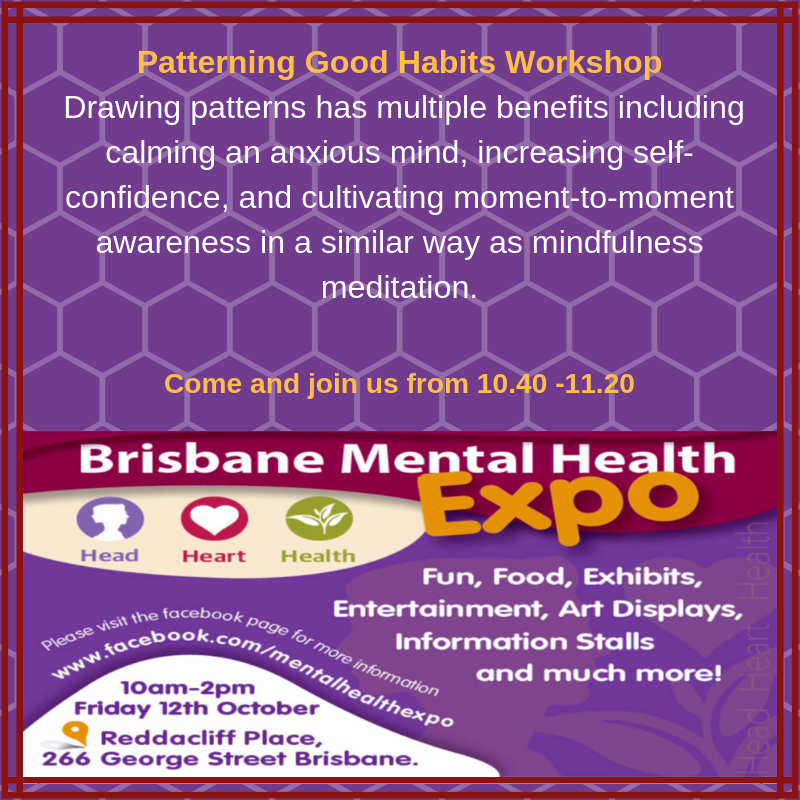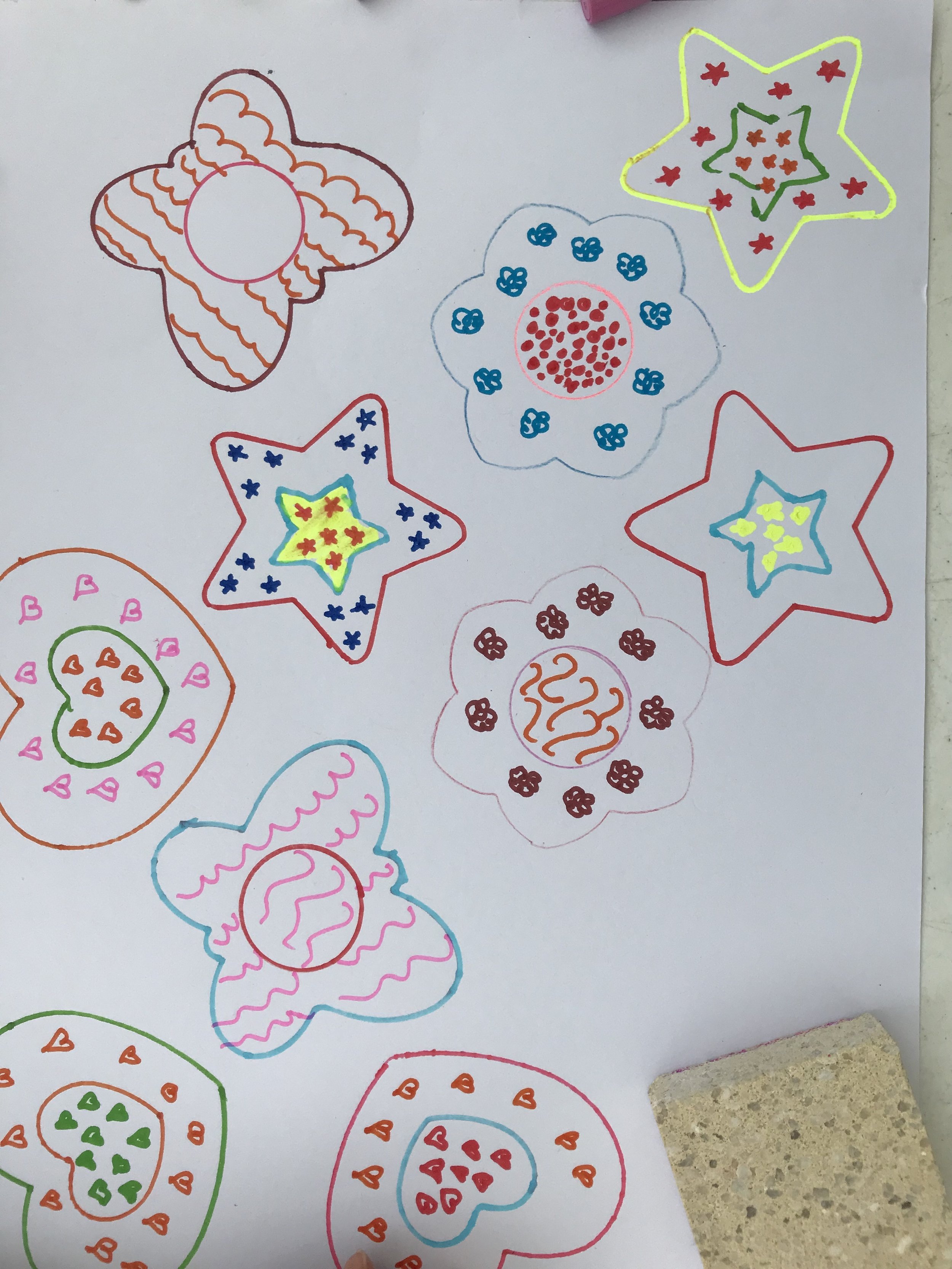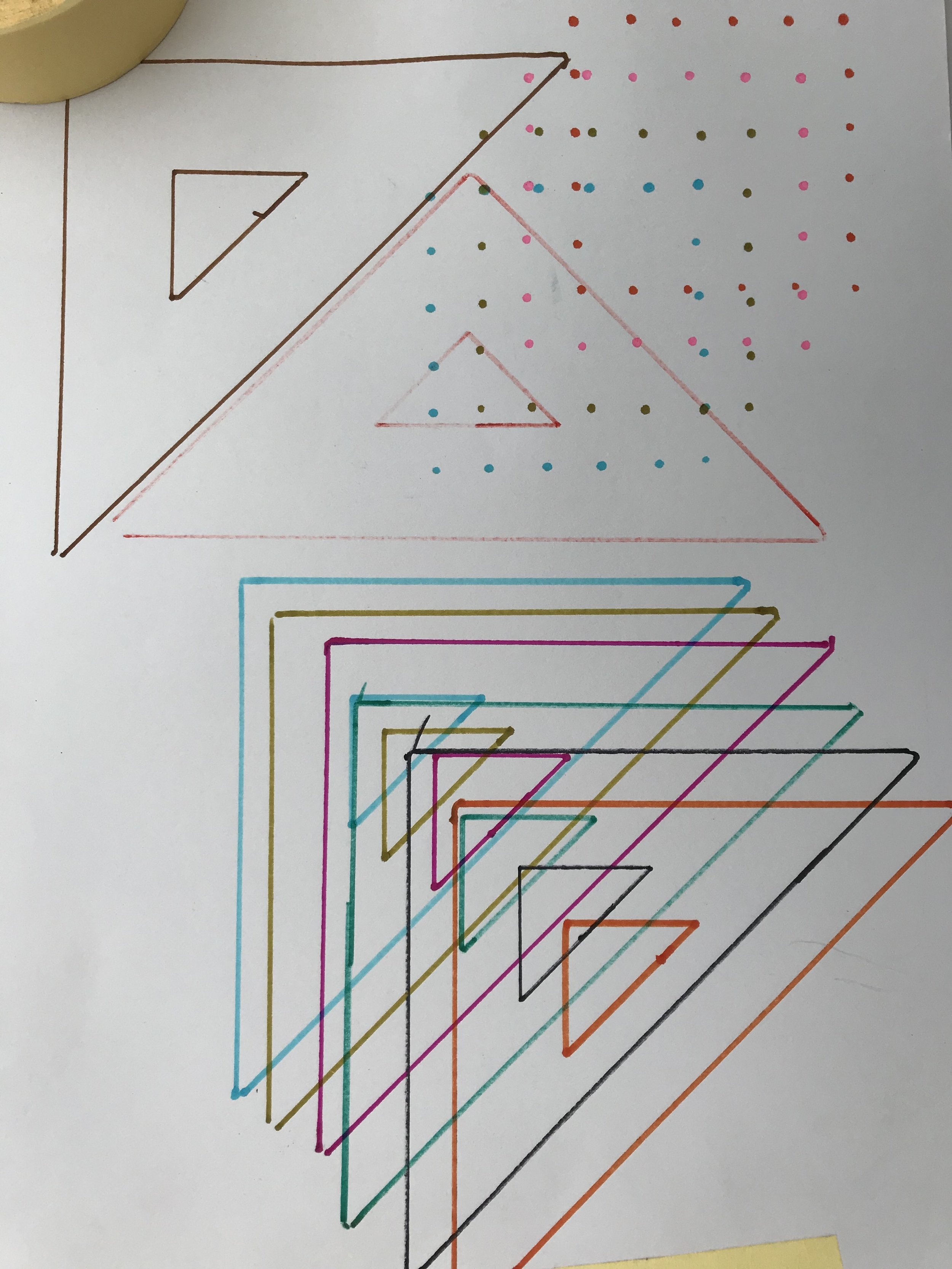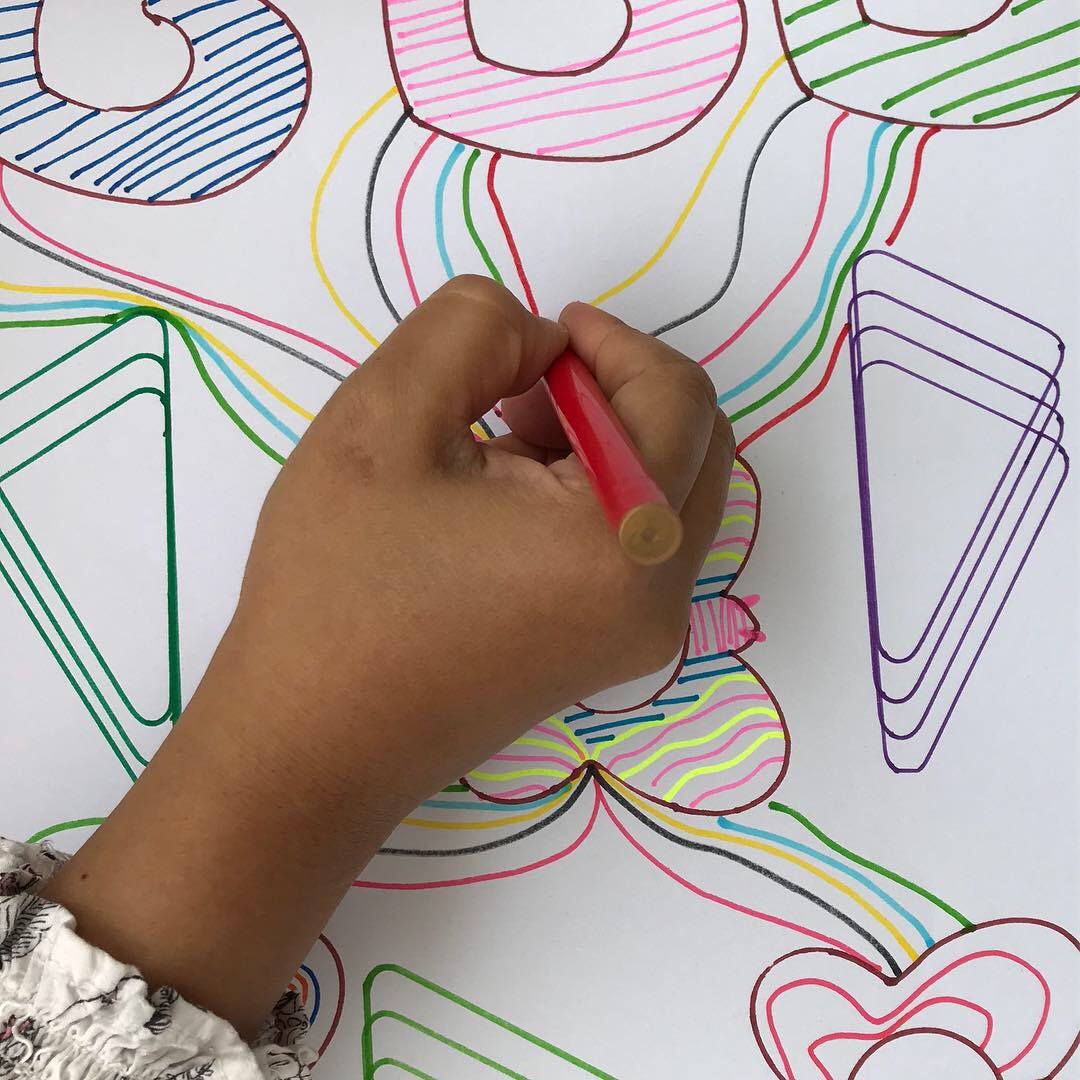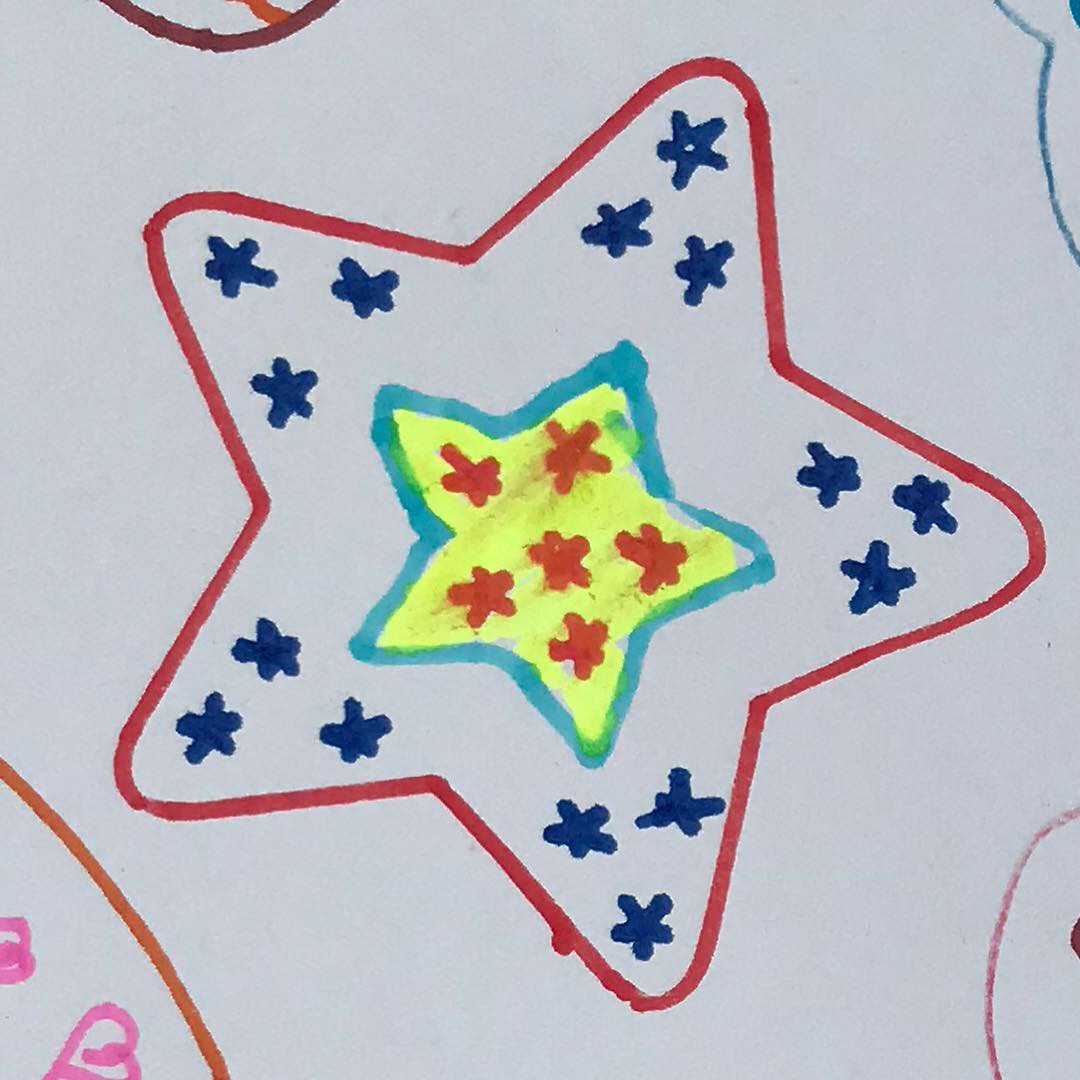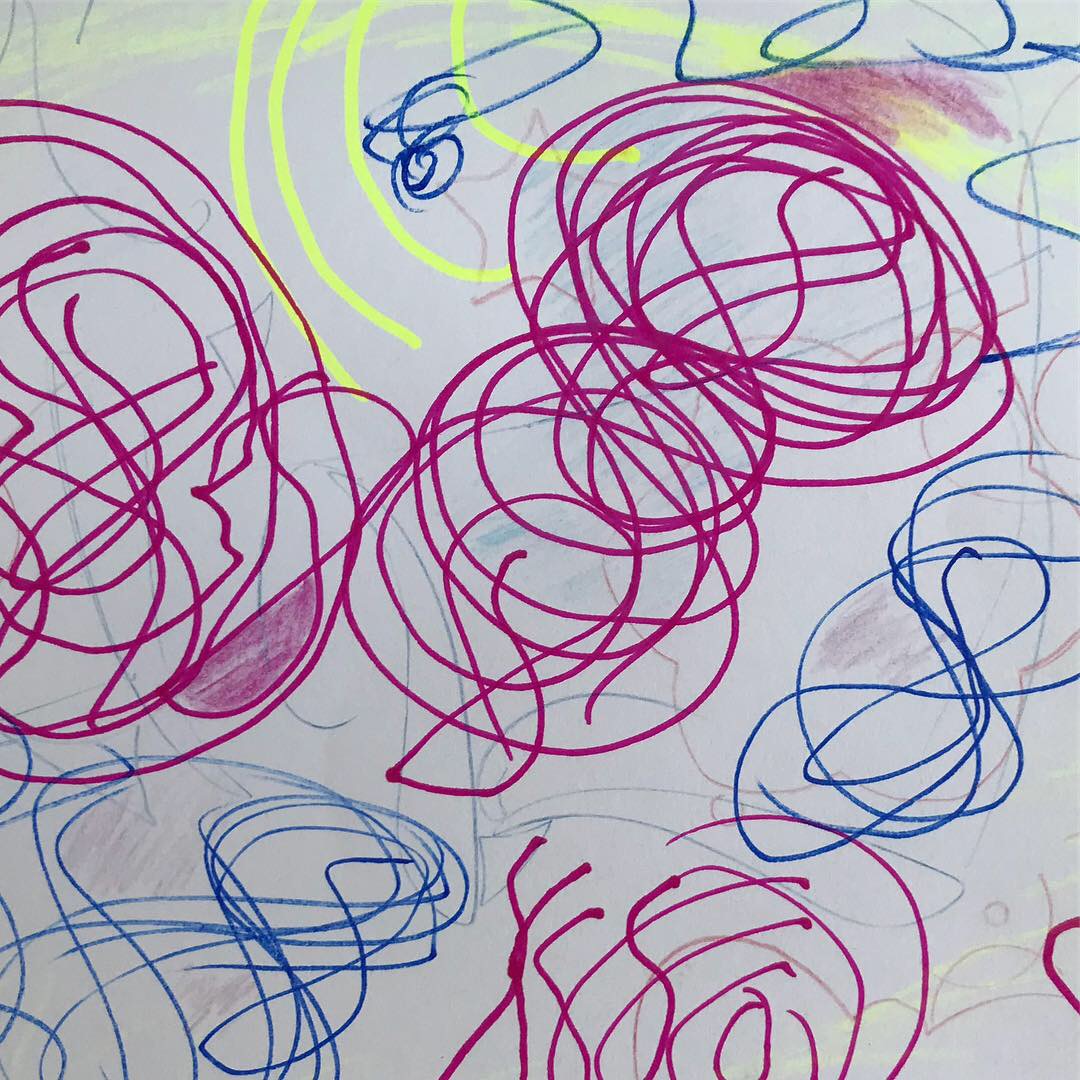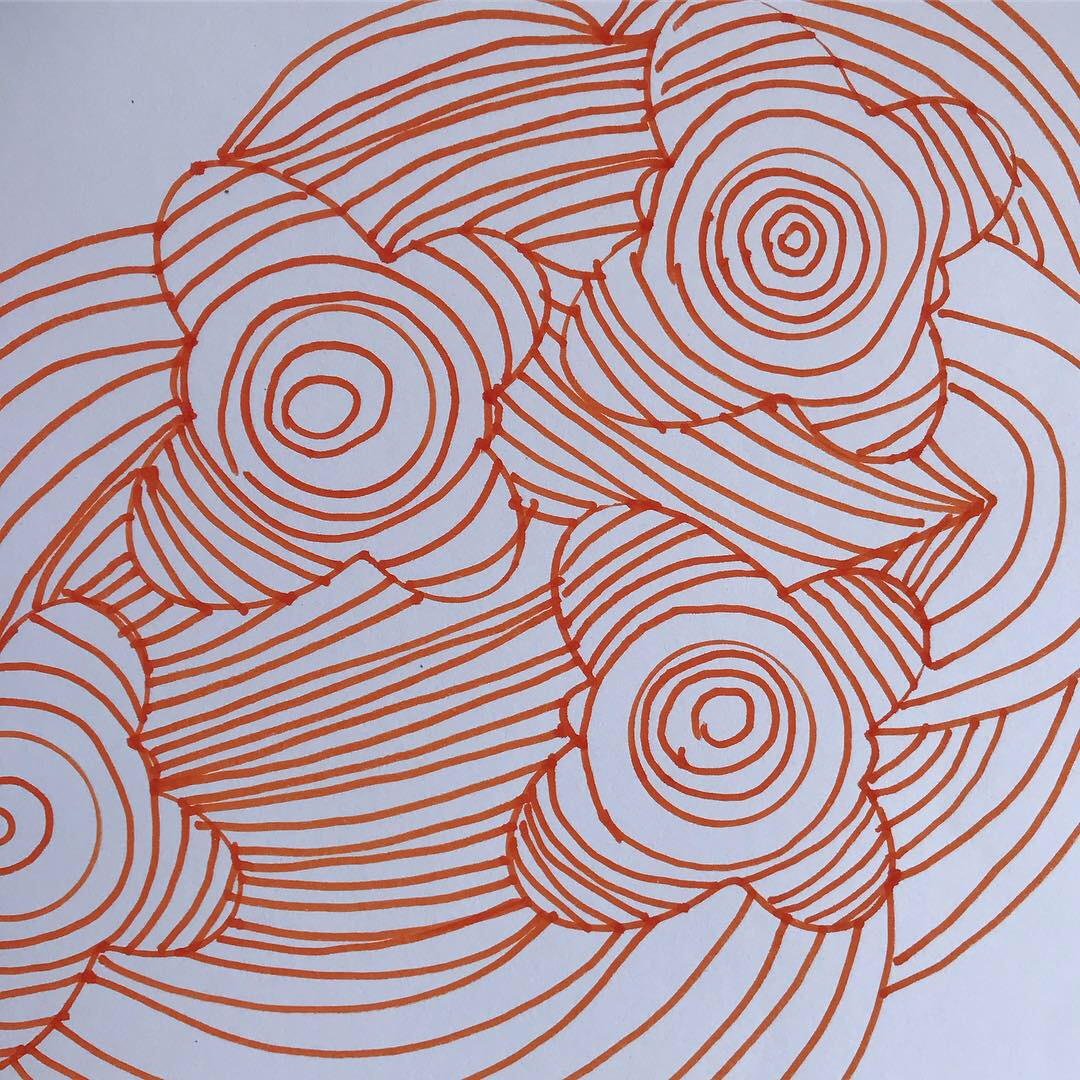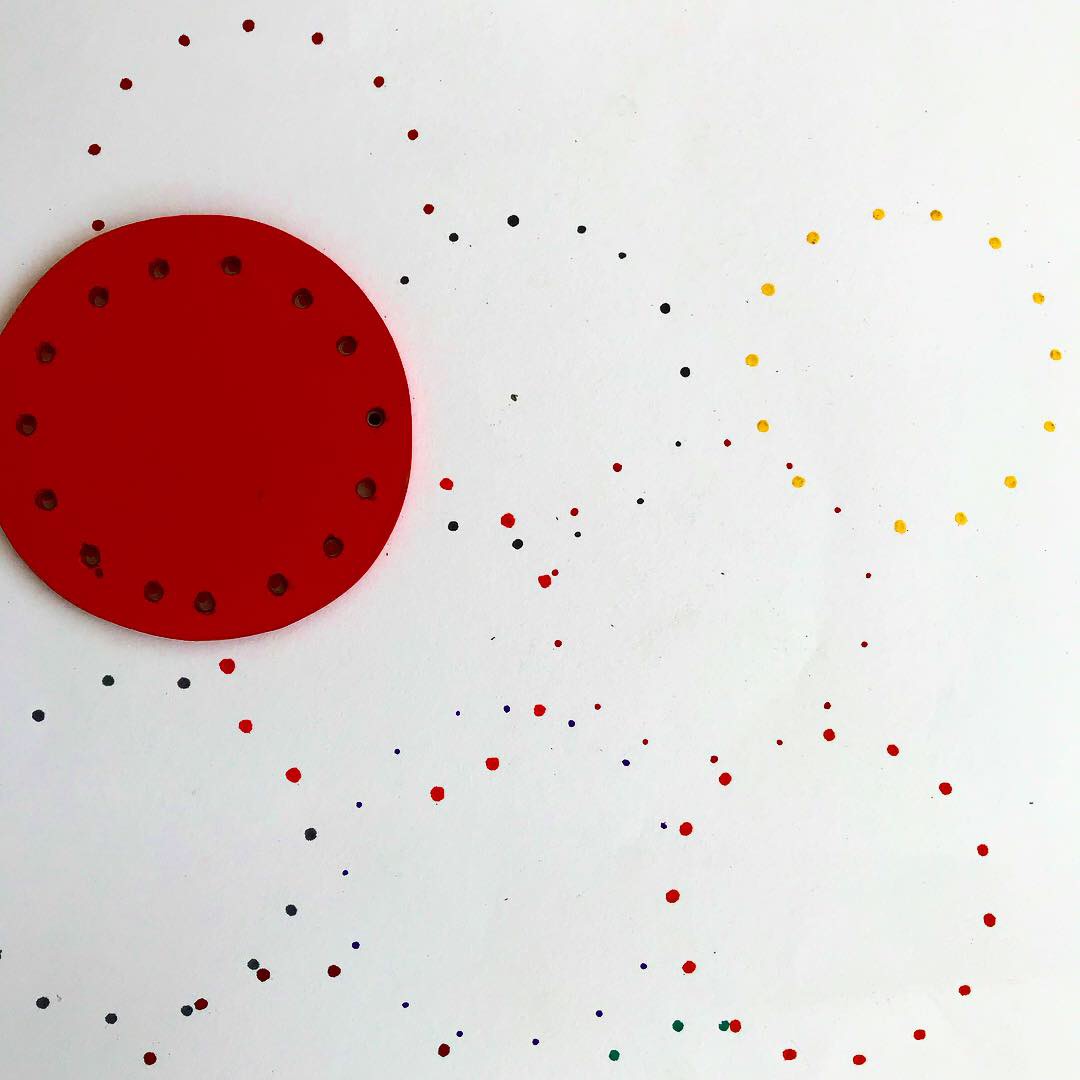The talented Maureen Hansen and I were delighted to be part of the Art Expo at the Brisbane Mental Health Expo on Friday. We met so many terrific people who spoke openly about their struggles with mental health and their strategies to maintain good mental health.
It was heartwarming to see that people responded well to making patterns and could feel more peaceful as they were participating. A few were very surprised to find they were more creative that they thought they were.
How it Works:
It’s Self-Soothing. Repetitive creative work, in and of itself, can be calming and self-soothing. This is particularly true if you accept this process as one with no expected outcome other than the enjoyment of putting the pen to paper and staying open to whatever emerges.
It Teaches How to Own Mistakes. Using a pen on paper requires that you risk making mistakes; in fact, most patterns some misplaced lines which cannot be erased. Patterning teaches you how to incorporate what seem like “mistakes” into the overall pattern of the design. It’s a great metaphor for everyday life—nothing is ever perfect, but how you adjust to mistakes is what really matters.
It Induces Flow State. This making of patterns often leads in to a state of flow, which Csíkszentmihályi describes as “an intrinsically rewarding or optimal state that results from intense engagement with daily activities”. It’s a simple way to enjoy the creative process.
